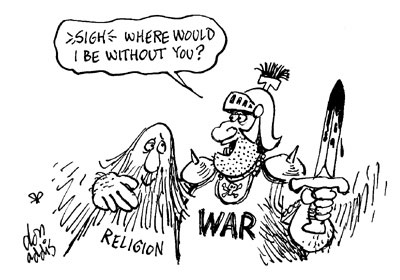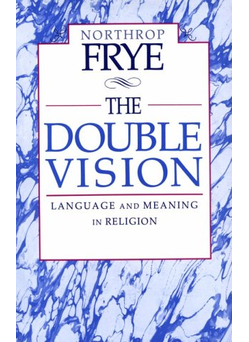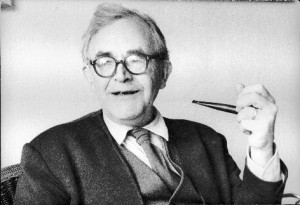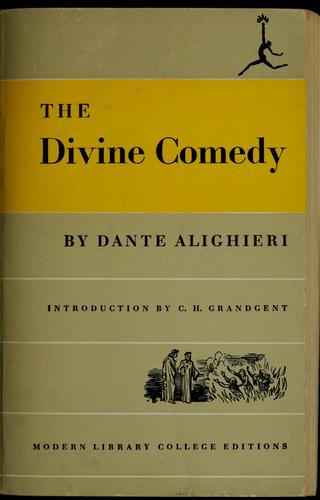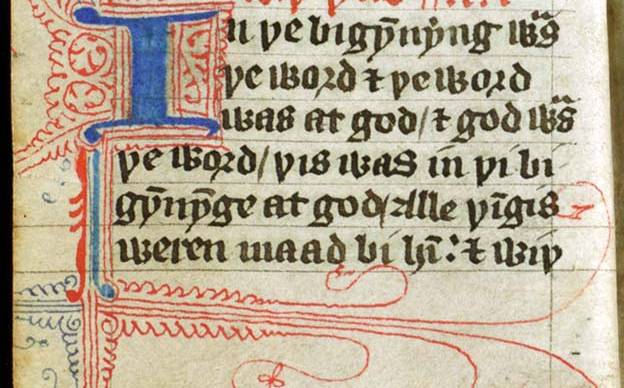Further to our previous post: It is difficult even to imagine that the Prince of Peace, who exalted the least among us, would defund any of the organizations below. The Conservatives, on the other hand — led by a man who is a declared Christian and has said that there is room for religion in Canadian politics — defunded all of them. (List compiled by rabble.ca)
Despite our budgetary woes, however, we can still afford jets, jails and corporate tax cuts. Just like the Sermon on the Mount teaches us.
Unofficial tentative list of organizations whose funding has been cut or ended by the Harper government, including government agencies that supported civil society groups.
Community organizations, NGOs and research bodies reported to have been cut or defunded[1]
- Action travail des femmes
- Afghan Association of Ontario, Canada Toronto
- Alberta Network of Immigrant Women
- Alternatives (Quebec)
- Association féminine d’éducation et d’action sociale (AFEAS)
- Bloor Information and Life Skills Centre[2]
- Brampton Neighbourhood Services (Ontario) [3]
- Canadian Arab Federation
- Canadian Child Care Federation
- Canadian Council for International Cooperation
- Canadian Council on Learning
- Canadian Council on Social Development
- Canadian Heritage Centre for Research and Information on Canada
- Canadian International Development Agency, Office of Democratic Governance[4]
- Canadian Labour Business Centre
- Canada Policy Research Networks
- Canadian Research Institute for the Advancement of Women
- Canada School of Public Service
- Canadian Teachers’ Federation International porgram
- Canadian Volunteerism Initiative
- Centre de documentation sur l’éducation des adultes et la condition feminine
- Centre for Equality Rights in Accommodation (CERA.)
- Centre for Spanish Speaking Peoples (Toronto
- Child Care Advocacy Association of Canada
- Childcare Resource and Research Unit, Specialink
- Climate Action Network
- Community Access Program, internet access for communities at libraries, post offices, community centers
- Community Action Resource Centre (CARC)
- Conseil d’intervention pour l’accès des femmes au travail (CIAFT)
- Court Challenges Program (except language rights cases and legacy cases)
- Davenport-Perth Neighbourhood Centre Toronto: (Funding cut by CIC in December 2010).
- Democracy Council[5]
- Department of Foreign Affairs, Democracy Unit[6]
- Elspeth Heyworth Centre for Women Toronto: (Funding cut by CIC in December 2010).
- Environment: Youth International Internship Program
- Eritrean Canadian Community Centre of Metropolitan Toronto (Funding cut by CIC in December 2010)
- Feminists for Just and Equitable Public Policy (FemJEPP) in Nova Scotia
- First Nations Child and Family Caring Society
- First Nations and Inuit Tobacco Control Program
- Forum of Federations
- Global Environmental Monitoring System
- HRD Adult Learning and Literacy programs
- HRD Youth Employment Programs
- Hamilton’s Settlement and Integration Services Organization (Ontario) [7]
- Immigrant settlement programs
- Inter-Cultural Neighbourhood Social Services (Peel)[8]
- International Planned Parenthood Federation
- Kairos[9]
- Law Reform Commission of Canada
- Mada Al-Carmel Arab Centre
- Marie Stopes International, a maternal health agency – has received only a promise of “conditional funding IF it avoids any & all connection with abortion.
- MATCH International
- National association of Women and the Law (NAWL)
- Native Women’s Association of Canada
- New Brunswick Coalition for Pay Equity
- Northwood Neighbourhood Services (Toronto: (Funding cut by CIC in December 2010).
- Ontario Association of Interval and Transition Houses (OAITH)
- Ontario Association of Interval and Transition Housing (OAITH)
- Ontario Coalition for Better Child Care
- Pride Toronto
- Réseau des Tables régionales de groupes de femmes du Québec
- Riverdale Women’s Centre in Toronto
- Sierra Club of BC
- Sisters in Spirit
- Social Sciences and Humanities Research Council of Canada
- South Asian Women’s Centre[10]
- Status of Women (mandate also changed to exclude “gender equality and political justice” and to ban all advocacy, policy research and lobbying
- Tropicana Community Services
- Womanspace Resource Centre (Lethbridge, Alberta)
- Women’s Innovative Justice Initiative – Nova Scotia
- Workplace Equity/Employment Equity Program
- York-Weston Community Services Centre Toronto

